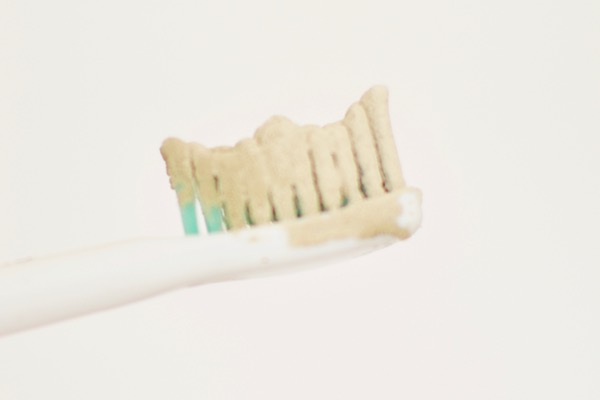Ever wonder how many diseases you can get from pools? Us too. Grab an antibacterial suit and read up.
Did you know that there are diseases lurking in just about every pool or hot tub? Why else do you think it’s so important to chlorinate the pool water and scrub your hot tub regularly?
Here are a few of the most common diseases you can get from pools and hot tubs:
Shigellosis — This is a disease also called bacillary dysentery, and it’s the result of bacteria from fecal matter being absorbed orally. If you’re swimming or lounging in your hot tub and you accidentally swallow water contaminated by the bacteria, it can cause an infection that leads to fever, cramps, nausea, and diarrhea. It’s much more contagious than other water-borne illnesses, making it one to watch out for!
Giardiasis — The disease “Giardia enteritis” is an infection of protozoa that affects your small intestines, causing diarrhea, bloating, cramps, greasy and loose stool, and other digestive problems. It’s an infection common among children, and it’s often found in wading pools and swimming pools. If you’ve got a lot of kids splashing around in your pool, be aware of this protozoa that could cause serious digestive tract issues.

READ MORE: Travel Spotting: Five Awesome Places To Swim
E. coli — This is one of the bacterial infection we’ve learned to dread! The severity of an E. coli infection can range from mild to life-threatening, and it can be spread through just about any body of water. It is a disease commonly caused by swimming in recreational waters (like a public pool) that have been contaminated by the bacteria. Unless you’re certain the pool you’re swimming in is very clean, it’s best to be wary!
Campylobacter — Hi, do you like the way food poisoning feels? Doubtful, and this is one of the many bacterial options for feeling the most horrible food poisoning symptoms ever. If you pick this bad boy up during your swim, you’ll likely find yourself vomiting, pooping, and praying for mercy.
Irritation — Have you ever noticed that your eyes, throat, and nose are often irritated after swimming? That’s the result of the chlorine in the pool. When the chlorine mixes with the pee, poop, skin cells, personal care products (like deodorant or cologne), or dirt from a person’s body, the result is free chlorine and chloramines. Free chlorine kills off all the germs in the water, but the chloramines can be irritating to your eyes, nose, and throat. If you get red eyes after swimming, it’s the result of the chloramines.
Respiratory infections — Legionella is a common hot tub disease, one that is contracted via the inhalation of contaminated water particles in hot tub steam. The tiny Legionella bacteria can cause Legionnaire’s disease, which is a respiratory infection that can be serious if left untreated. It’s not a disease to worry about if you are swimming in a public pool, as it’s only serious if inhaled. If you haven’t cleaned your hot tub in a while, you may be at risk for a respiratory infection.
Swimmer’s ear — This is a bacterial infection of the middle ear, likely caused by the bacteria in the water. Contaminated water introduces more bacteria to your middle ear, adding to the already existing bacteria living there. The bacteria then multiply beyond your immune system’s ability to control them, leading to an infection. If your ears itch, turn red, swell, or produce pus after swimming, you probably have an ear infection. This is by far one of the most common diseases you can get from pools and hot tubs.
Rash — Dermatitis and folliculitis are two common side effects of swimming in a pool or lounging in a hot tub filled with contaminated water. Prolonged exposure to the water can cause a rash resulting from germ infections.








